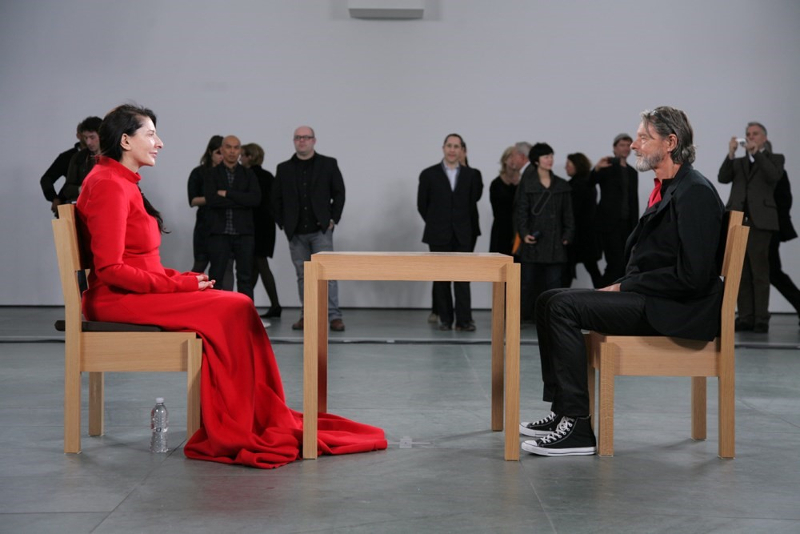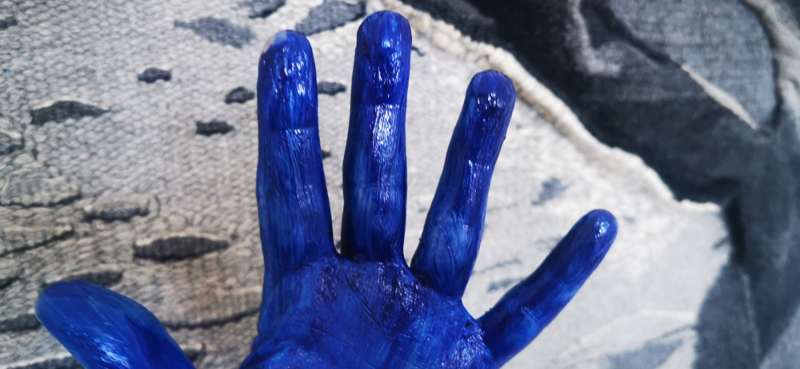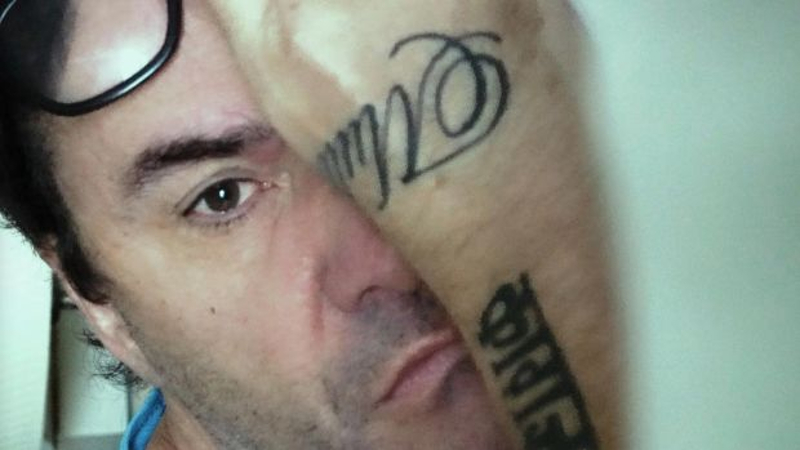Director – Mark Cousins – 2021 – UK – Cert. 15 – 87m
****
A highly personal film essay on the importance and significance of our visual senses – out in cinemas and on rental on BFI Player and Curzon Home Cinema from Friday, September 17th
This opens with archive interview footage of musician Ray Charles, blind since losing his sight in childhood, asked about whether he’d like to have sight back. He says no – he’s already seen the things he needs to see and can picture them – the stars, his mother. And when he hears the news, there are a lot of things he frankly is glad he can’t see, and feels sorry for all the people who can. Pushed as to whether he’d like to be able to see for just one day, he’d less sure, responding with a guarded “maybe”.
This footage appears to be a touchstone for film-maker Cousins, who constantly refers back to it in this film essay. Another pertinent, recurring image is a man standing on a row of chimney pots. If we could see through his eyes, what would we see?

Cousins has spent a life looking at things, firstly as a human being with a visual leaning, then later on professionally as a film maker. Most of the current film takes place the day before Cousins is due to have major eye surgery in his current home town of Edinburgh which will involve cutting into one eye, removing a lens which is no longer working properly – it’s turned his vision cloudy – and replacing the lens with a new, man-made one. The op gives him a new-found sense of perspective.
A DNA test has informed him that he possesses one of the genes that can cause macular degeneration, which means that the centre of his eyes might dim.
Different people clearly experience the world in very different ways. Cousins finds himself in profound disagreement with Ray Charles. He ponders how to spend the day before his operation, when he can still see. The op carries a degree of risk and there’s a possibility that it might not work and he could lose his sight altogether in the one eye. (Curiously, this would result in the loss of stereoscopic vision and the ability to judge distance, but Cousins’ discussion never goes there.)

He thinks of the blurred vision of a baby because its eye has not yet developed, referenced in Persona (Ingmar Bergman, 1966). He talks about the artist Marina Abramovich who sat at a table for hours in an art installation where people could come and sit opposite her and she could look at them. He recalls the colour blue, explored in Hero (Zhang Yimou, 2002) and works by Van Gogh and Da Vinci. The Friday Mosque in Isfahan, Iran blew him away with its palette of gold and blue. He hasn’t got up yet, lying in bed for hours “like a projector” spewing out all these images.

He films a Syrian toddler playing on waste ground near his home who appropriates Cousins’ camera as a toy. A German woman is photographed after she had been brought into Buchenwald camp after the war to expose her to the Holocaust’s horrors, seen to look away and cover her eyes. This is an act of looking in which she doesn’t wish to take part, an event in which she won’t admit her complicity. More recently, a clip from the internet purportedly shows the beheading of a woman in Saudi Arabia. Cousins’ fear mounts at the thought of tomorrow’s eye-cutting. He keeps thinking of the infamous sequence from Un Chien Andalou (Luis Buñuel, 1929).
The next day, in the operating theatre, he tries to take his mind off what’s happening. He finds himself conjuring multiple eye images in his head from films as diverse as Rien Que Les Heures (Alberto Cavalcanti, 1926), Devi (Satyajit Ray, 1960) and Spellbound (Alfred Hitchcock, 1945) with its Salvador Dali-designed dream sequence.

We have many lives. Our work lives. Family lives. Sex lives. Looking lives. He might have added, our projector lives and he imagines the future after his op was successful and he moved to Sweden in 2031. Here he sees a white moose and muses on two images of actress Ingrid Bergman roughly 25 years apart – the haunted face in Autumn Sonata (Ingmar Bergman, 1978) and the much more restful, youthful face of Casablanca (Michael Curtiz, 1942).
Where Ray Charles didn’t want his sight back, for Cousins, sight is the opposite of a burden. One of his final images here is some seaweed under water , the surface of which reflects a tree on a riverbank. He holds on this deceptively simple image for several minutes, and it assumes a certain power. It’s a fitting summation of this extraordinary diary-film.
The Story Of Looking is out in cinemas in the UK and on rental on BFI Player and Curzon Home Cinema from Friday, September 17th.
Trailer:
